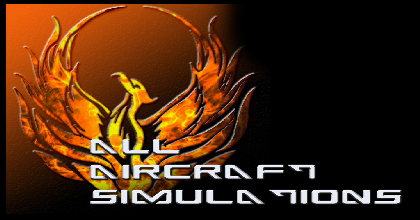Thought it's time to have a separate thread discussing what we know and what we don't know about creating textures, about the way the game uses textures and so on. Also if you work on new textures and would like to share them, you may post a download link, or screenshots.
Here's one question to start with: if there's a texture, one pixel from it corresponds to how many meter on the map?
Another one: there are .tga and .tgb files, even for same texture. What are these .tgb's doing?
Another one: what are the .bumph files and how is the game using them?
Another one maybe connected with the earlier: why some game textures look high resolution and others look low resolution (you see the pixels in game)?
Maraz, what you say seems resonable. So about the .tgb's maybe we can test with your city textures: create from the tga a tga which is bigger (how many times bigger?) smoothen it and then rename it as tgb. See what happens in game, will it appear higher resolution when looked at it from close? I think this is interesting :?
Ok, I tested and it works! Took mrz_Centercity.tga which is 256 by 256 and scaled it to 1024 by 1024. Saved as temp.tga then renamed it as mrz_CenterCity.tgb. Added to filelist.txt. Checked in game and you can see clearly the appearance changed. But it doesn't look really nicer lol. When scaling with gimp you can use different interpolation methods or no interpolation at all. With no interpolation there should be no change in appearance. With interpolation you see the change but of course it's better in some ways and worse in some other ways so it needs a lot more work than just scaling. So I think the way to go is to create first high resolution tgb, then scale it back to the tga.
Using Maps\empty2a and a 255 pixel long, 1 pixel wide strip filled with an R=G=B gradient from 0 to 255, no dither, in Gimp the height changes are NOT linear as the RGB value increases. The scale, roughly is the following:
0 - 600m: 1 RGB increment in value = 3.75m: RGB range 0 to 160
600 - 1100 m: 1 RGB increment in value = 15.6m: RGB range 160 to 192
1100 - 2080m: 1 RGB increment in value = 29.7m: RGB range 192 to 225
2080 - 4030m: 1 RGB increment in value = 65.0m: RGB range 225 to 255
ie, if
RGB = 2, height = 2 x 3.75m = 7.5m
RGB = 160, height = 160 x 3.75m = 600m
RGB = 180, height = (160 x 3.75m) + (20 x 15.6m) = 912m
Curiously, when using photoshop, even with dither off, the gradient produces a wobbly slope!
Thanks Watcher for this piece of info!
I was suspecting it's not linear because at sea level we see much smaller differences in height possible than at say 3000m. Also using the map builder tool (or mode) raising terrain is possible with more accuracy al lower heights than at higher. By the way, do you have this "map builer tool" already?
Please PM fly_zo for getting the map_c tool and the map builder tool.
[quote="ClockWatcherLowfighter, don't have the "map builder tool", do you have a link to where I may find this. [/quote]
We follow very closely in your progress and see that you are excellent.
I tried to make some changes in maps changing heights and textures and the results are satisfactory.
I have followed in the construction of new maps and I am very curious.
My problem is the preparation of map_c and understand how map_c_table works and how change.
It follows a puzzle-like construction, but follows the directives certainly places.
I was enthralling from Malta but I saw that his preparation is a good point thanks to 6S.Maraz that is doing a great job.
With Lowfighter, Fly_zo and all other modder who keep the community informed of their progress.[/img]


